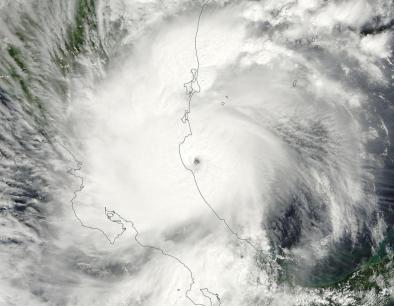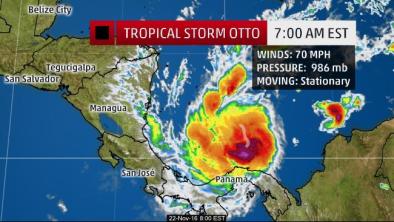Science Source
Stratified statistical models of North Atlantic basin-wide and regional tropical cyclone counts
- Investigates the link between increased Atlantic sea surface temperatures and tropical cyclone counts using the historical Atlantic tropical cyclone record
- Considers indices of the El Niño/Southern Oscillation and Northern Atlantic Oscillation, and both “local” and “relative” measures of Main Development Region sea surface temperature as predictors, as well as indices measuring the Atlantic Meridional Mode and the West African monsoon
- Examines the relationships between tropical cyclone counts and climate state variables using all of the potential predictors in a forward stepwise Poisson regression
- Models both basin-wide named storm counts and cluster analysis time series representing distinct flavors of tropical cyclones as a further extension on past studies
- Finds that a wide variety of cross validation metrics reveal basin-wide counts or sums over appropriately chosen clusters may be more skillfully modeled than the individual cluster series
- Ultimately finds that the most skillful models typically share three predictors: indices for the main development region sea surface temperatures, the El Niño/Southern Oscillation, and the North Atlantic Oscillation
Related Content
Headline

Nov 28, 2016 | Category 6
Otto Shifts from Atlantic to Pacific after Historic Landfall in Central America
Headline

Nov 28, 2016 | The Weather Channel
Hurricane Otto Death Toll Rises to Double Digits
Headline

Nov 28, 2016 | Los Angeles Times via Associated Press
Hurricane Otto bears down on Central America unusually late in season
Headline

Nov 22, 2016 | The Weather Channel
Tropical Storm Otto Nears Hurricane Strength; Forecast to Make Very Rare Thanksgiving Hurricane Central America Landfall


